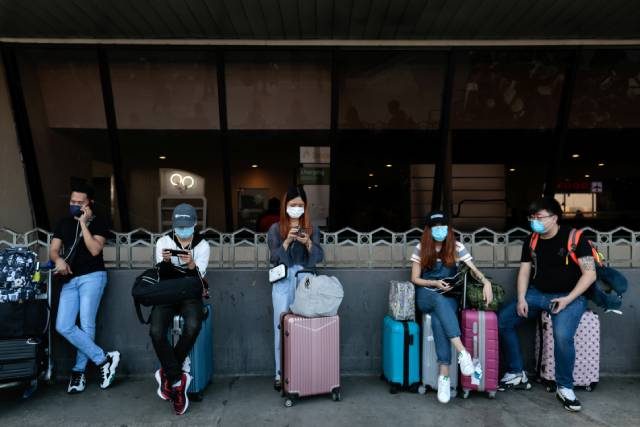
Local scientists have developed analyses on the importance of controlling the spread of the novel coronavirus epidemic or “flattening the curve” in the Philippines.
This phrase has been used in online conversations on quarantine measures and social distancing as among the main preventive course of actions to prevent the spread of COVID-19 cases globally.
Epidemiologists, experts in the study of diseases, coined the term “flatten the curve”, which they defined as a general concept of slowing down the transmissions or the spread of the deadly virus.
Filipino scientist Mahar Lagmay shared a short explainer video on it last March 13.
Kailangan po lahat tayo ay maki-isa to #FlattenTheCurve . Pababain natin ang mga kaso ng #COVIDー19.#HazardsInMinutesSeries #TwitterUniversity #OpenData
You can download the high resolution from the site below:https://t.co/TGXoNXM2BN pic.twitter.com/bROBLb9lWR
— Mahar Lagmay (@nababaha) March 13, 2020
In the video clip, it was shown that the curve is a component in the graph that represents the number of individuals afflicted with COVID-19 at a period of time.
This was compared with the permanent line that represents capacity of hospitals and health care centers to accept patients.
Its goal is not to stop the transmissions altogether but to slow it down at a manageable pace for the medical sector to handle.
Darwin Bandoy, a Filipino scientist from the University of the Philippines, predicted that the curve of COVID-19 in the country would peak at 244,628 cases this coming June should the government fail to slow it down.
He shared a graph of it last March 15. In the caption, he said: “Let’s flatten the curve!”
Latest COVID-19 case forecast for the Philippines (March 15, 2020)Feel free to share. Let's flatten the curve!
Posted by Darwin Bandoy on Monday, March 16, 2020
In another post on March 17, Bandoy said that the situation in the Philippines is still in the “take-off stage” compared against the cases in Singapore, South Korea, China and Japan.
“Based on my analysis using a framework I made by dividing epicurves to stages, the Philippines is in the takeoff stage but definitely it is not yet in the exponential stage,” he said.
“The Philippines status is not yet like South Korea or Italy or US as of the moment. I am saying this because I am seeing extrapolation of cases as though the Philippine outbreak is already exponential, it is not yet exponential,” he added.
Bandoy also posted a six-minute video about how he formulated his forecast model and its use in the next few weeks.
The summary of it read:
“This model employs an SIR model with reproductive number computed from incidence data in the Philippines.”
What the DOH says
The Department of Health, meanwhile, shared that there could be 75,000 new coronavirus cases in the Philippines within two to three months if the spread of COVID-19 is not contained.
Health Undersecretary Maria Rosario Vergeire said that this was an estimate made by Filipino epidemiologists, and experts in the health agency and the World Health Organization.
Vergeire still expressed hope to “flatten the curve” if strict measures implemented by the government are observed.
“Ibig sabihin pwede pa nating i-spread across many months yan if we only can implement stringent measures katulad nitong social distancing,” she said.
As of March 18, the DOH reported a total of 202 confirmed cases. Seven of these, fortunately, have already recovered.
President Rodrigo Duterte declared a state of calamity as the numbers of infected individuals continued to rise.
He also placed the entire Luzon under enhanced community quarantine which halted all mass transportation sytems and orders Filipinos to only leave the house for basic necessities.








